Economic Factors
Economic factors play a crucial role in influencing the airline ancillary-services market in Europe. Fluctuations in disposable income and consumer spending patterns directly affect travelers' willingness to purchase ancillary services. In a robust economic environment, consumers are more likely to invest in additional services, such as extra baggage or premium seating, thereby boosting ancillary revenue for airlines. Conversely, during economic downturns, travelers may prioritize cost-saving measures, leading to a decline in ancillary service uptake. Recent economic indicators suggest a steady growth in consumer spending in Europe, which could positively impact the ancillary-services market. Additionally, currency exchange rates may influence international travel patterns, affecting demand for specific ancillary services. Airlines that effectively navigate these economic variables are likely to capitalize on emerging opportunities within the ancillary-services market, ensuring sustained growth and profitability.
Regulatory Changes
Regulatory changes significantly impact the airline ancillary-services market in Europe, as governments and aviation authorities implement new policies that affect pricing and service offerings. For example, recent regulations aimed at enhancing consumer protection have led airlines to reevaluate their ancillary pricing strategies. This has resulted in increased transparency regarding fees for services such as baggage handling and seat selection. According to industry reports, compliance with these regulations has prompted airlines to adjust their ancillary service pricing, with some airlines reporting a 10% increase in ancillary revenue as a result of improved clarity in pricing structures. Additionally, regulations promoting sustainability may encourage airlines to invest in eco-friendly ancillary services, further diversifying their offerings. As the regulatory landscape evolves, airlines must remain agile to adapt to these changes, which could ultimately shape the future of the ancillary-services market.
Competitive Landscape
The competitive landscape of the airline ancillary-services market in Europe is intensifying, as both legacy carriers and low-cost airlines vie for market share. This competition drives innovation and diversification of ancillary offerings, as airlines seek to differentiate themselves in a crowded marketplace. For instance, low-cost carriers are increasingly adopting premium services, such as priority boarding and in-flight meals, to attract a broader customer base. Recent data suggests that ancillary revenue for European airlines has reached approximately €30 billion, underscoring the financial significance of these services. As airlines strive to enhance their value propositions, they may explore partnerships with third-party service providers to expand their ancillary offerings. This competitive dynamic not only benefits airlines but also enhances the overall travel experience for consumers, as they gain access to a wider array of services tailored to their preferences.
Technological Advancements
Technological advancements play a pivotal role in shaping the airline ancillary-services market in Europe. The integration of mobile applications and digital platforms has revolutionized how airlines interact with customers, facilitating seamless booking processes and personalized service offerings. For instance, airlines are leveraging data analytics to understand passenger behavior and preferences, enabling them to tailor ancillary services effectively. Recent statistics indicate that around 45% of European travelers utilize mobile apps for booking and managing their travel, highlighting the significance of technology in enhancing customer engagement. Furthermore, advancements in payment systems, such as contactless payments, are streamlining transactions for ancillary services. As technology continues to evolve, airlines that embrace these innovations are likely to enhance operational efficiency and improve customer satisfaction, thereby driving growth in the ancillary-services market.
Evolving Consumer Preferences
The airline ancillary-services market in Europe is experiencing a shift in consumer preferences, with travelers increasingly seeking personalized and tailored experiences. This trend is driven by a growing demand for services that enhance comfort and convenience, such as priority boarding, extra legroom, and in-flight entertainment options. According to recent data, approximately 60% of European travelers express a willingness to pay for additional services that improve their travel experience. This evolving consumer behavior compels airlines to innovate and diversify their ancillary offerings, thereby creating new revenue streams. As airlines adapt to these changing preferences, the ancillary-services market is likely to expand, reflecting the importance of catering to the unique needs of passengers. Consequently, airlines that successfully align their services with consumer expectations may gain a competitive edge in the increasingly crowded European aviation landscape.



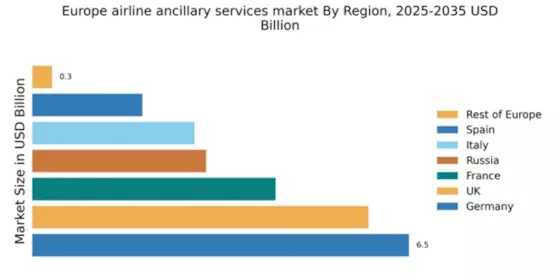
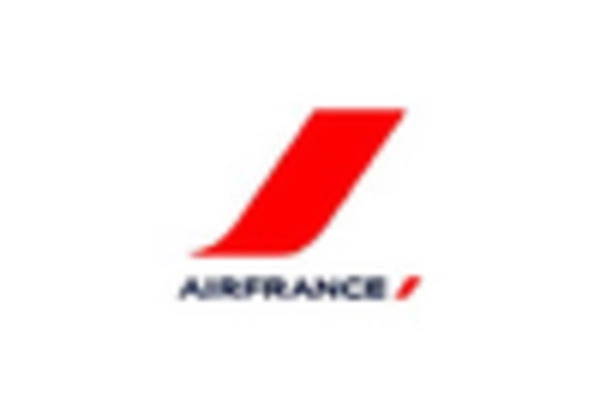
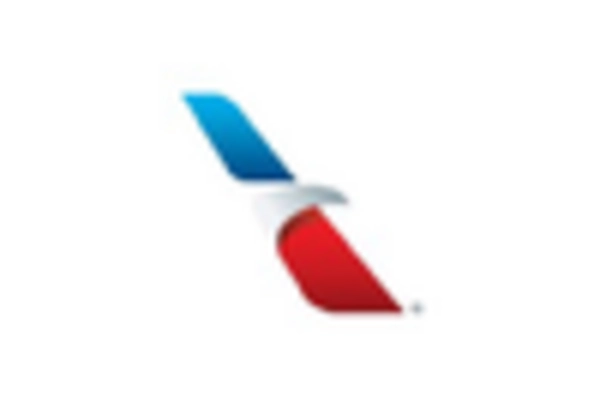
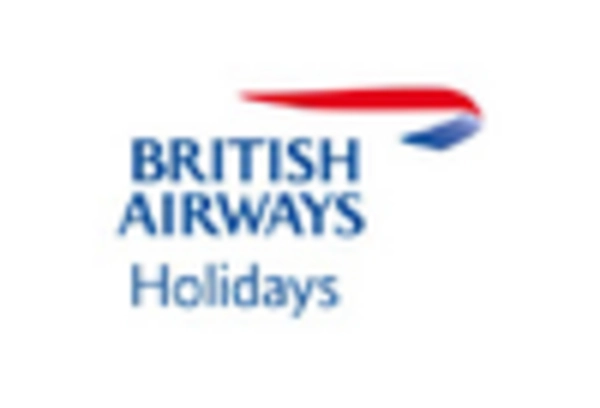
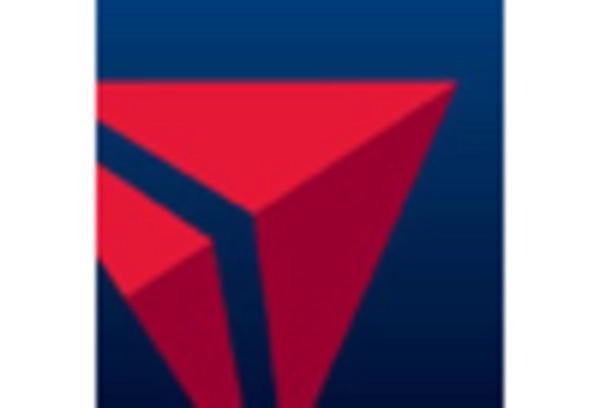
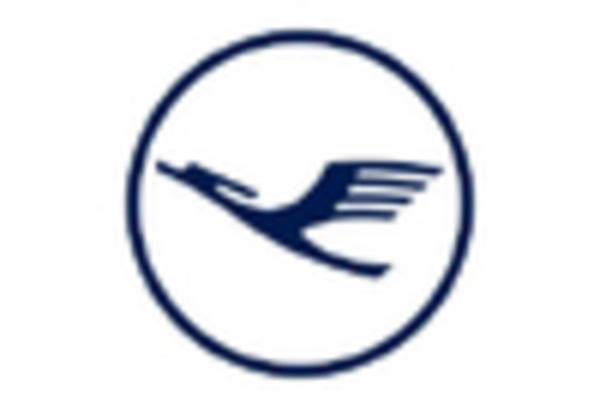









Leave a Comment